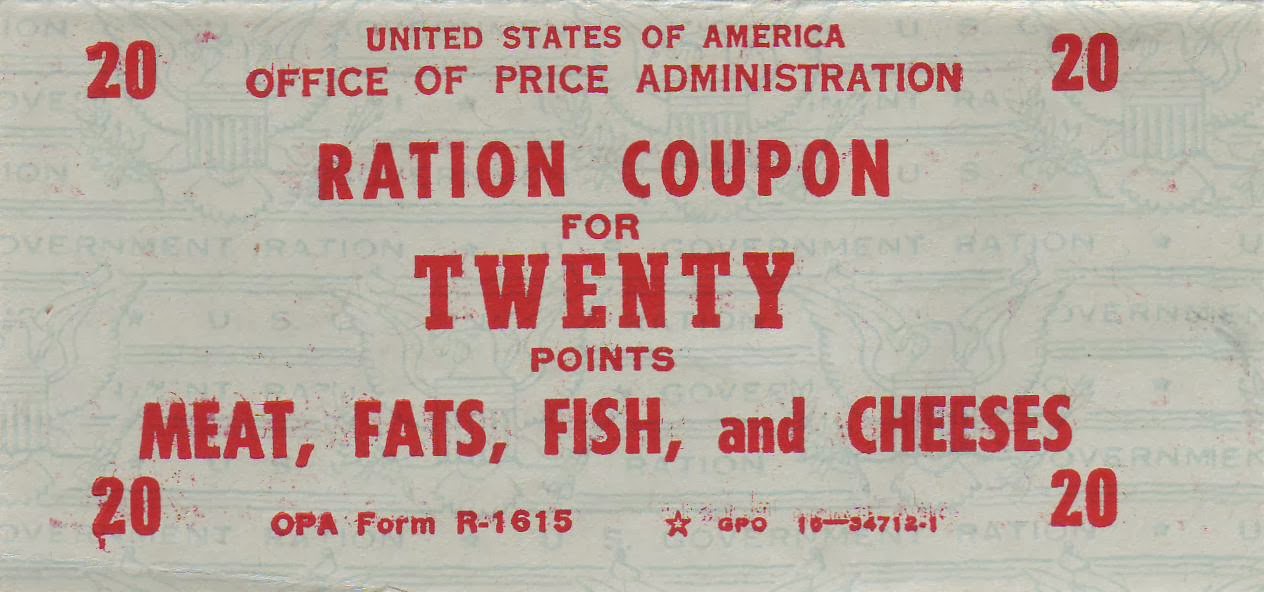What
do
you
think
of
when
you
hear
the
word
"PINK"?
Is is something sexy like Victoria Secret underwear?
The Pink Panther?
Breast Cancer Awareness?
Valentines Day and Sweet Love?
Does pink oleo margarine come to mind? Well, um... no!
Margarine, also known as oleo, or oleomargarine was invented by a French chemist named Hippolyte Mège-Mouriès, in 1869. It was made from beef fat, intended to be cheaper and less perishable than butter.
 |
| Thanks for nothing, Mège |
As our country entered into "The Great War" (WWII), the production of oleo became appealing as the price was considerably lower than butter and a longer, less perishable shelf life. It was basically an affordable substitute for real butter.
During this time, certain food shortages, and rationing was common. Foods such as sugar, meat, coffee, processed foods, canned foods, cheese, milk and fats (such as butter, lard, etc.) were the most rationed items.
"The creation of margarine led to a war between the dairy industry and the margarine producers. The dairy industry naturally resented the competition of the artificial butter substitute and did everything in its power to convince legislators to ban the production of margarine."
One should note that at the time that oleo was introduced into the American diet, it's original color was a sickly greyish color (not very appealing to the consumer, to be sure). Michigan, Maine, Pennsylvania, New York, Wisconsin and Ohio created laws to ban the sale of a dyed yellow product.
Who could blame them for wanting to keep their dairy farms profitable? Part of their livelihood was the production of real butter and the sale of oleo threatened their income.
Who could blame them for wanting to keep their dairy farms profitable? Part of their livelihood was the production of real butter and the sale of oleo threatened their income.
 |
| No thank you. |
Equally disturbing, as I already said, some states prohibited the sale of yellow margarine, so clever manufacturers got around these laws by actually selling it in it's present, un-dyed state (grey or sickly white) and added either packets or "beads" of yellow dye, so one could mix it themselves.

After World War II, and into the later part of the 20th century, saturated fats have become more and more of a controversy as we become more educated and informed about the possible harmful consumption of foods such as lard or butter. We have grown more health conscience - or have we?
Chew on this:
Typical ingredients of margarine:
Let's Compare:
Thanks....
but....
I choose butter.


















No comments:
Post a Comment